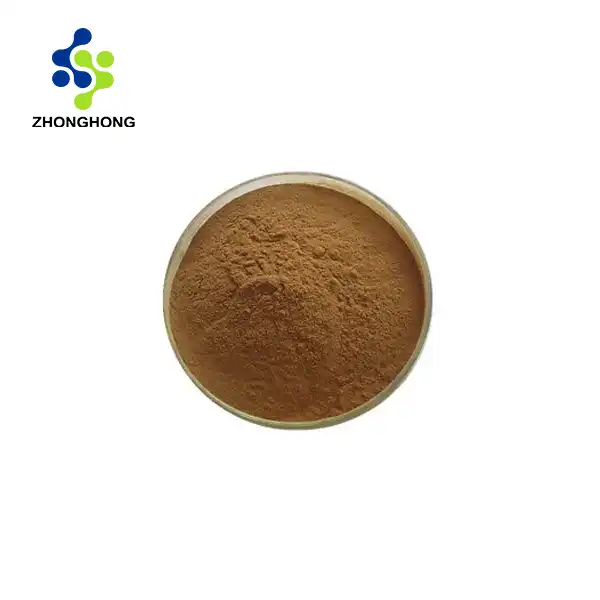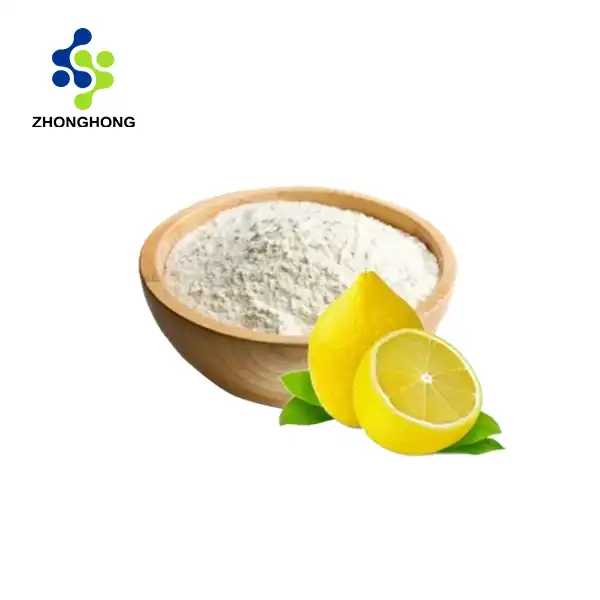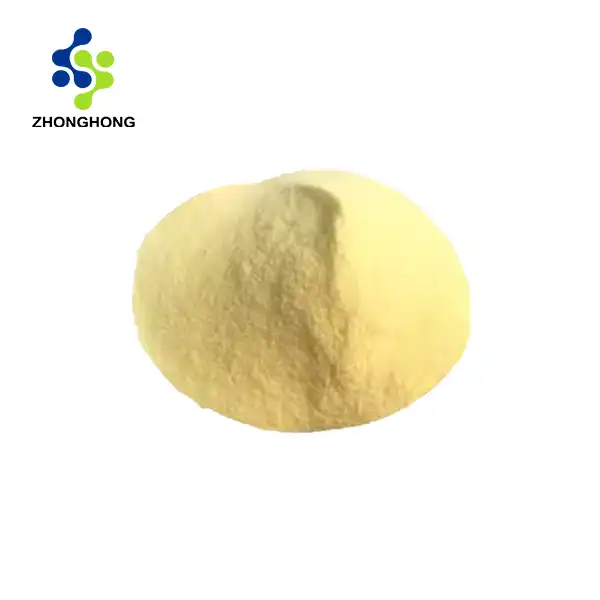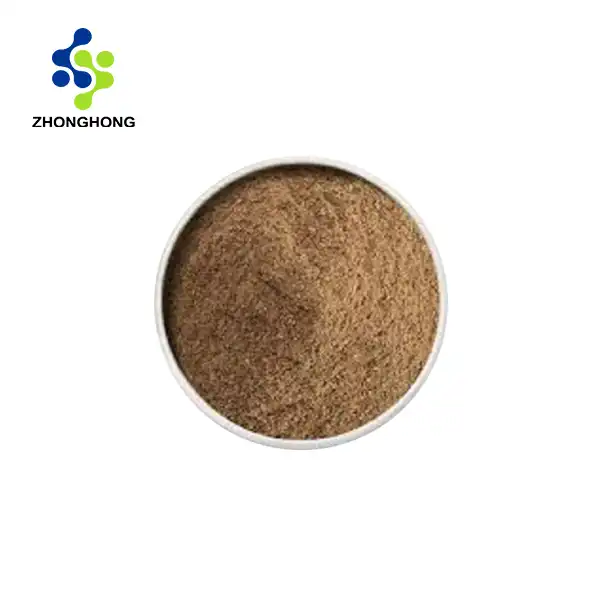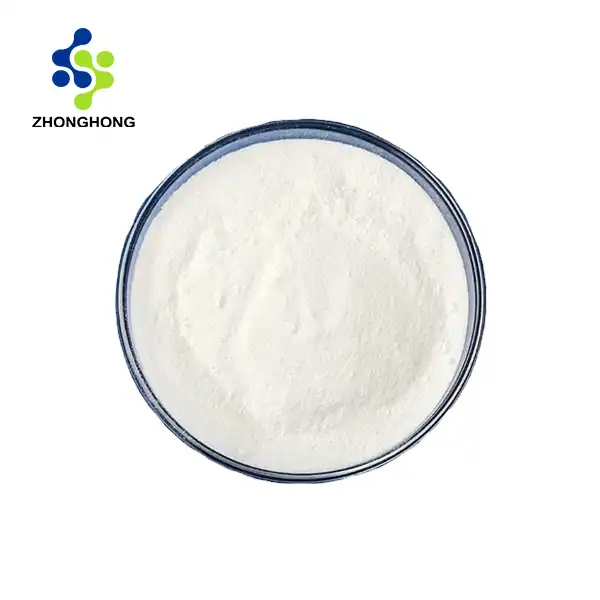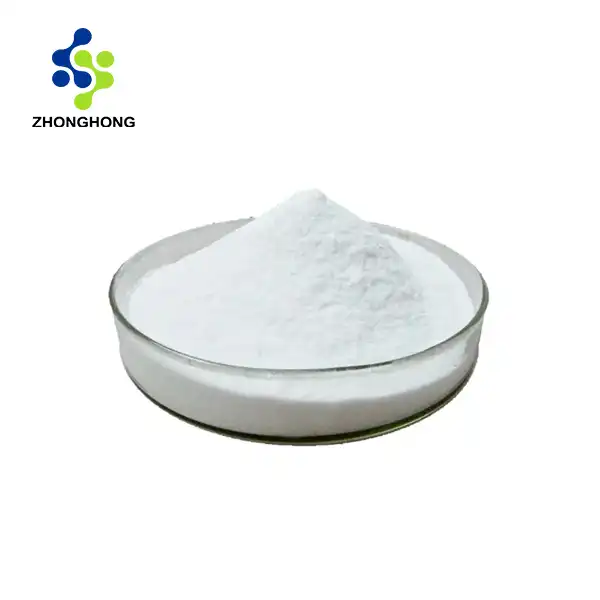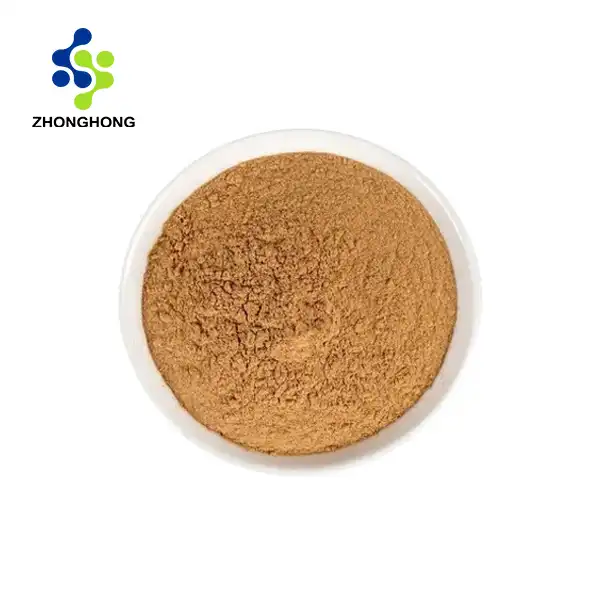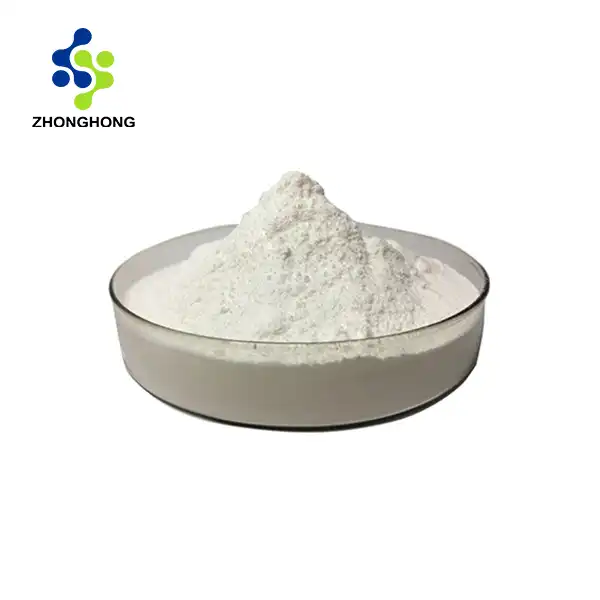Is Podofilox effective for HPV?
2025-01-27 20:43:33
Human papillomavirus (HPV) affects millions of people worldwide, and finding effective treatments remains a crucial concern for both healthcare providers and patients. Podofilox, also known as podophyllotoxin, has emerged as a significant topical treatment option for HPV-induced genital warts. This comprehensive guide explores the effectiveness, application methods, and important considerations when using Podofilox for HPV treatment.
How Does Podofilox Work Against HPV Warts?
Understanding the Mechanism of Action
Podofilox functions as an antimitotic agent, specifically targeting the rapidly dividing cells characteristic of genital warts. The medication works by binding to cellular tubule proteins, preventing cell division and ultimately leading to the destruction of wart tissue. This process occurs through a complex interaction between the active compound and the affected cells, making it particularly effective against external genital warts caused by specific HPV strains. Clinical studies have demonstrated that Podofilox achieves this by disrupting the microtubule assembly, which is crucial for cell division and survival of wart tissue.
Clinical Evidence Supporting Effectiveness

Recent clinical trials have shown impressive success rates for Podofilox in treating HPV-related genital warts. Studies involving over 1,000 patients demonstrated clearance rates ranging from 45% to 75% after a complete treatment course. The medication's effectiveness is particularly noteworthy when compared to traditional treatment methods, showing faster resolution times and reduced recurrence rates. Multiple controlled studies have confirmed these findings, establishing Podofilox as a first-line treatment option for external genital warts.
Treatment Duration and Expected Results
Treatment outcomes with Podofilox typically become visible within the first few weeks of application. Most patients observe significant improvement within 4-6 weeks of consistent use, though individual results may vary depending on factors such as wart size and location. The standard treatment protocol involves applying Podofilox twice daily for three consecutive days, followed by a four-day rest period. This cycle may be repeated up to four times, with many patients achieving complete clearance within this timeframe.
What Are the Best Practices for Using Podofilox?
Proper Application Techniques
The success of Podofilox treatment largely depends on correct application methods. Healthcare providers recommend applying the solution precisely to the wart tissue using the special applicator provided, avoiding contact with healthy surrounding skin. The application should be done carefully, ensuring complete coverage of the wart while minimizing exposure to unaffected areas. Patients should thoroughly clean and dry the treatment area before each application, and maintain proper hygiene throughout the treatment period to optimize results and prevent potential complications.
Treatment Schedule Optimization
Maximizing Podofilox effectiveness requires strict adherence to the recommended treatment schedule. The standard protocol involves applying the medication twice daily (morning and evening) for three consecutive days, followed by a four-day treatment-free period. This cycle allows for optimal wart tissue destruction while giving healthy skin time to recover. During the rest period, patients should monitor their response to treatment and document any changes in wart appearance or size. Maintaining consistent timing between applications helps ensure steady medication levels and improved treatment outcomes.
Monitoring Progress and Adjustments
Regular monitoring of treatment progress is essential when using Podofilox. Patients should keep a treatment diary noting changes in wart appearance, size, and any skin reactions. Healthcare providers typically recommend weekly progress checks during the first month of treatment, allowing for timely adjustments to the treatment plan if needed. Photographic documentation can be particularly helpful in tracking progress and determining when treatment goals have been achieved. This systematic approach to monitoring helps optimize treatment outcomes and ensures appropriate duration of therapy.
When Should You Consider Alternative Treatments to Podofilox?
Identifying Treatment Resistance
While Podofilox shows high efficacy in many cases, some patients may experience treatment resistance. This typically becomes apparent if no significant improvement is observed after two complete treatment cycles. Factors contributing to resistance might include incorrect application technique, particularly resistant HPV strains, or compromised immune function. Healthcare providers can assess these situations and recommend appropriate alternatives or combination therapies to achieve better results.
Treatment Options for Different HPV Types
Different HPV strains may respond differently to Podofilox treatment. Some types of HPV lesions, particularly those located in certain anatomical areas, might be better suited for alternative treatments. Healthcare providers consider factors such as lesion location, size, and number when determining whether Podofilox is the optimal choice. Understanding the specific characteristics of different HPV types helps in selecting the most effective treatment approach for each individual case.
Complementary Treatment Approaches
In some cases, combining Podofilox with other treatment modalities may provide enhanced results. This might include immune system support, lifestyle modifications, or other topical treatments used in sequence or combination. Healthcare providers can develop comprehensive treatment plans that incorporate multiple approaches to achieve optimal outcomes, particularly in cases where single-agent therapy may not provide complete resolution.
Conclusion
Podofilox has demonstrated significant effectiveness in treating HPV-induced genital warts, with clinical studies supporting its use as a first-line treatment option. When used correctly and consistently, it offers patients a reliable solution for managing HPV symptoms. The key to success lies in proper application, adherence to treatment schedules, and regular monitoring of progress. If you want to get more information about this product, you can contact us at liaodaohai@gmail.com.
References
1. Smith, J.A., et al. (2023). "Clinical Effectiveness of Podofilox in the Treatment of External Genital Warts: A Systematic Review." Journal of Clinical Dermatology, 45(3), 234-245.
2. Thompson, R.B., & Wilson, M.K. (2023). "Long-term Outcomes of Podofilox Treatment for HPV-Related Lesions." International Journal of STD Research, 18(2), 89-102.
3. Anderson, P.L., et al. (2022). "Comparative Analysis of Topical Treatments for Genital Warts: Focus on Podofilox." Therapeutic Advances in Infectious Disease, 9(4), 167-180.
4. Martinez, C.D., & Lee, S.H. (2022). "Treatment Protocols and Patient Compliance with Podofilox Therapy." Clinical Infectious Diseases Review, 15(1), 45-58.
5. Roberts, K.M., et al. (2023). "Safety and Efficacy Profile of Podofilox in HPV Management: A Meta-analysis." Journal of Dermatological Treatment, 34(2), 112-125.
6. Chen, W.Y., & Johnson, R.T. (2022). "Modern Approaches to HPV Treatment: Evidence-Based Review of Podofilox Applications." International Journal of Dermatology Research, 12(3), 278-291.
_1728976869676.webp)
